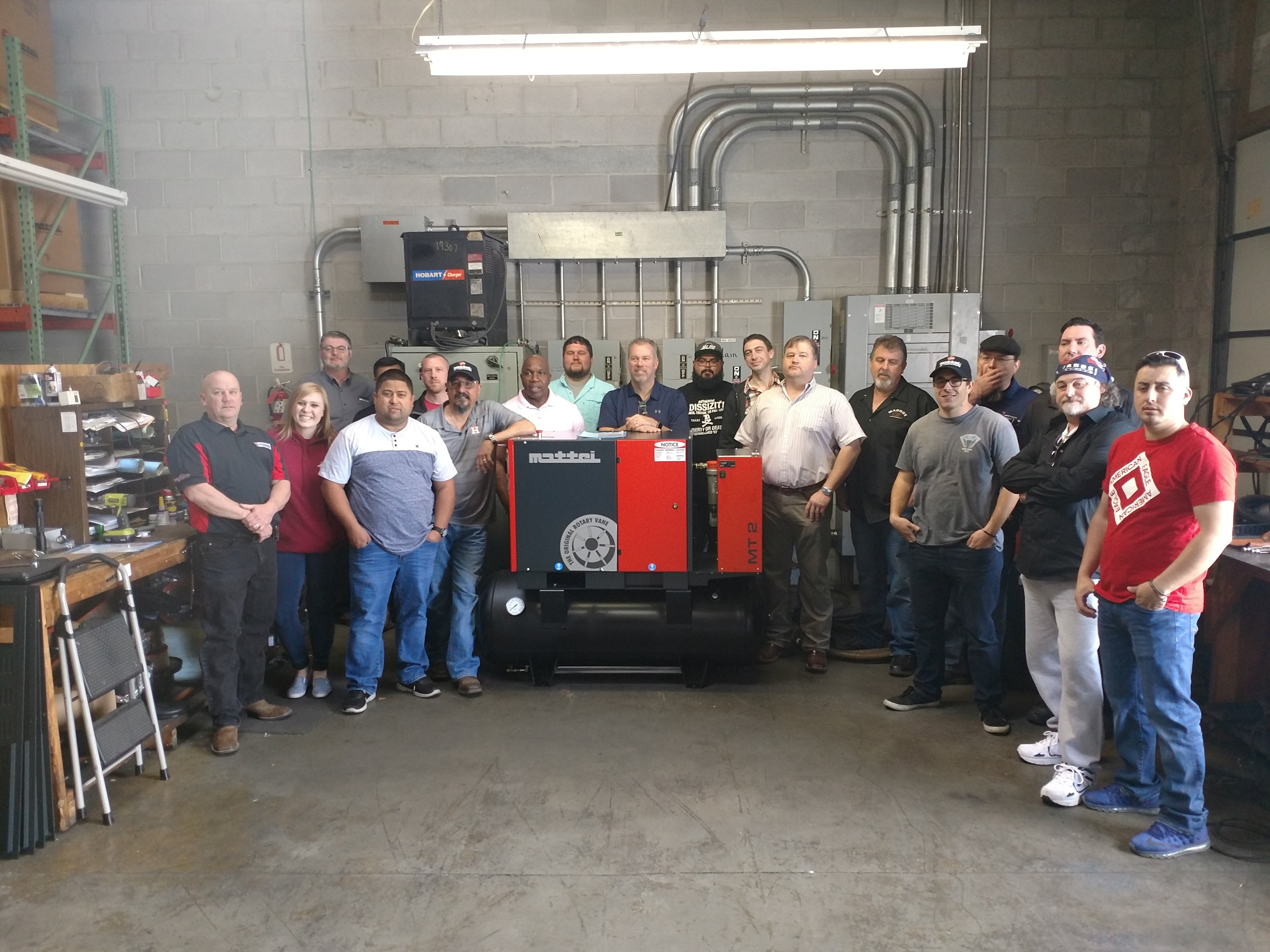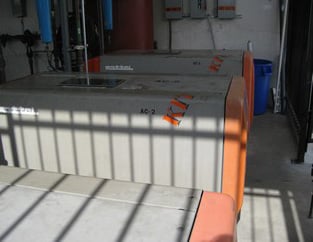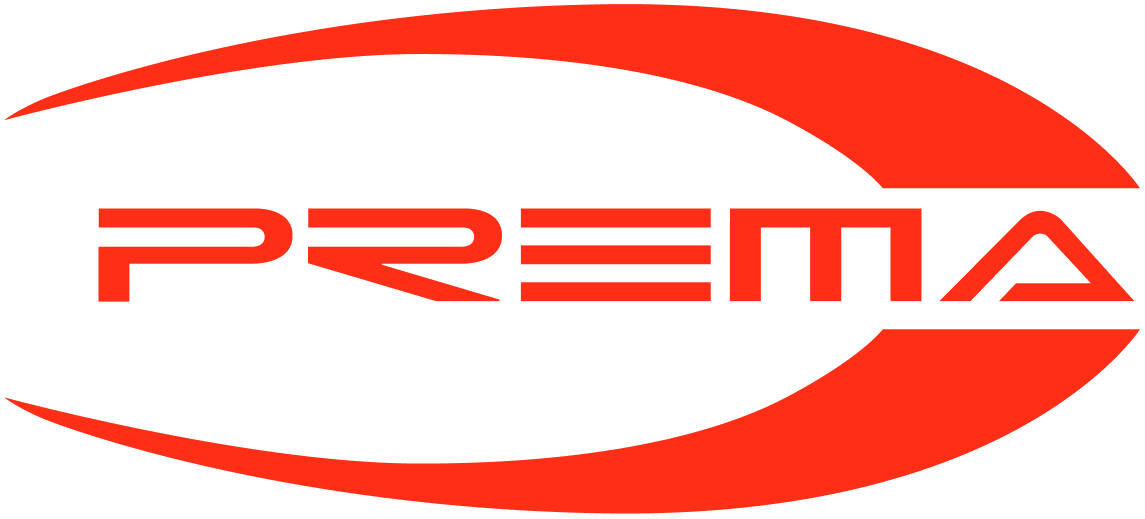It’s finally springtime, which brings with it sunshine, blooms, light showers, and warmth.
 Though a relief after a long winter’s short days, spring also presents a perfect storm of elements that could damage or clog your air compressor — higher heat, increased humidity levels, and airborne particulates.
Though a relief after a long winter’s short days, spring also presents a perfect storm of elements that could damage or clog your air compressor — higher heat, increased humidity levels, and airborne particulates.
With the advent of spring cleaning upon us, now is an ideal time to conduct an annual assessment on your air compressor and ensure that it’s prepared to handle the inbound challenges of summer. Follow these five guidelines when cleaning your air compressor to keep your model running at peak performance:
The insidious — and oft invisible — damage done by varnish eludes some compressor owners for two reasons: they either think they are not at risk or do not realize that the wear and tear incurred by varnish compounds gradually and is therefore not immediately apparent.
Varnish is an umbrella term that, as summarized by Air Best Practices, “broadly describes the by-products of lubricant degradation.” No matter how high the quality of your lubricant, some degradation is inevitable, and it is imperative to routinely evaluate your air compression system for deterioration due to varnish build-up.
Timely assessment is particularly important because varnish can worsen through a positive feedback loop with high heat. As varnish accumulates, degradation taxes the air compression system and causes it to run overly hot. However, overheating exacerbates lubricant degradation in turn because of the Arrhenius rate rule, which explains that for every 18 degrees Fahrenheit that lubricant temperature increases the oil oxidation rate doubles (meaning the lubricant’s lifespan is halved, causing further degradation and higher machine heat).
To stop this cycle, or to preempt it entirely, analyze your oil — particularly its total acid number, metal counts, and viscosity — and change it when these properties indicate it has reached the end of its rated life. When cleaning varnish, consider incorporating off-line filtration into your compressed air system or add top-treat cleaner to your oil as appropriate.
According to Air Best Practices, a case study undertaken by Isel Inc. found that machines using varnish cleaner used three to five percent less energy, reduced operating temperature up to five degrees Fahrenheit, and saved an average of 1600 dollars’ worth of utilities per year.
While many compressed air users are already vigilant about the water vapor in their system and have installed air dryers for draining after coolers, not everyone knows how much the amount of moisture in a system can vary with the changing seasons. In fact, every time air temperature increases by 20 degrees Fahrenheit, its humidity level doubles.
Given the rising temperatures that accompany spring and summer, air compressors will be battling more moisture in these seasons. When a compressed air system fails to dry its air completely, water can corrode pipes, become a lubricant solvent, and clog filters or point-of-use devices with the (potentially contaminating) particulate it carries.
Make sure that your drying systems are properly sized and functioning properly during high-humidity months to avoid water damage to your compressed air system. To troubleshoot a rotary screw or vane compressor struggling with excess moisture in the air stream, ensure that inlet and ambient temperatures do not exceed the dryer ratings and that the water separator and dryer drains are properly and routinely ejecting the condensate.
Spring brings more airborne particulate matter into your air compressor. One of the simplest air compressor maintenance mistakes, forgetting to check filters periodically can lead to underperformance in the form of increased energy intake and decreased volumetric air production.
While air filters should be serviced at least once per six months when the unit is running regularly, springtime ushers in additional pollen and natural debris that can clog filters, making it the perfect time to clean or change them more frequently.
Not all air leaks are easily detectable. In fact, some are inaudible and small enough that PSI indicators do not always fall low enough to sound the alarm. Nevertheless, even small leaks reduce the efficiency of your compressed air system, ultimately driving up energy usage and the cost of air output while running down the machinery.
To discover any potential leaks in your system, listen carefully, double-check common leak areas (such as hoses, condensate traps and pipe connections), and consider investing in an ultrasonic leak detector.
In addition to other elements that can cause your compressed air system to overheat or overexert itself — varnish build-up, clogged filters, blocked vents, subtle leaks, and corrosive moisture — an air compressor’s energy source can also cause damage if it is not calibrated to the machine’s rating.
When inspecting your compressed air system, assessing energy intake is a foundational step. Should the electrical voltage your machinery receives exceed its capacity, it could breakdown the motor windings and introduce an electrical short and, cease running altogether.
Many compressed air system components interact to affect air compression performance, and untangling which element is impacting your system can be difficult. In the end, even meticulous maintenance can only promise an outcome as good as the product itself. To ensure you have a reliable supply of clean, powerful compressed air, invest in a high-quality rotary vane compressor and, if you desire oil-free air, consider adding the Mattei Absolute Zero (MAZ) Oil-Free Air System to an oil-lubricated vane or screw compressor and, should you have any questions about spring cleaning or maintenance throughout the year, contact your local distributor.

Mattei offers a wide range of vane compressor models that perfectly meet the specific needs of the transport industry.

The reliability of Mattei compressors, the high quality standards of the delivered compressed air and the compliance with the industry regulations, make them ideal to be used in the healthcare and pharmaceutical industry.

Reduced operating costs, environmental sustainability and extreme purity of the air supplied make Mattei compressors suitable for all processes in the food industry.

Good luck ThorSport Racing. Waiting to watch the racing!

We recently held our Spring 2018 Service School for distributors. The school graduated 17 participants from both the sales and service sides.

Today, Mattei Compressors, Inc., announced the recipients of its 2017 Distributor Awards. These distributors went above and beyond to provide high-quality service to Mattei customers over the past year.

Helix Medical, LLC is widely regarded as a premier supplier of biocompatible silicone medical devices and components to the medical device, pharmaceutical and biotech industries.

John Baker Sales, a Mattei distributor located in Colorado, worked very closely with Transwest to ascertain the company’s needs prior to making a product recommendation.


